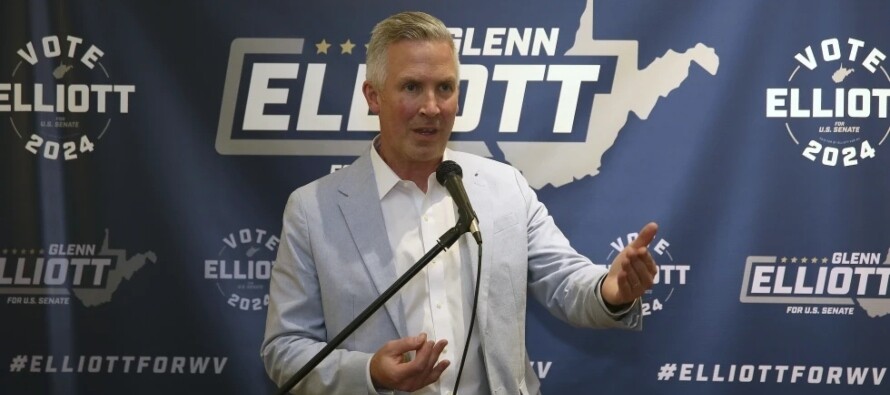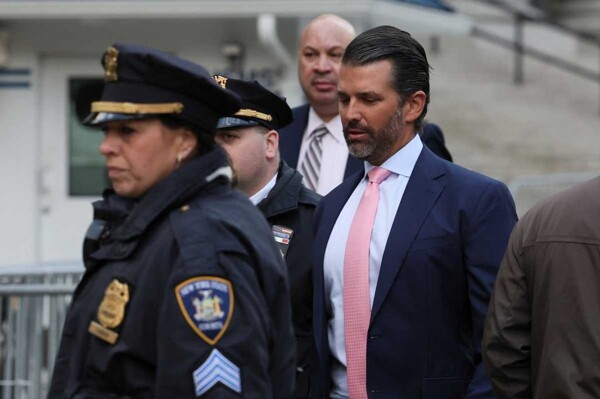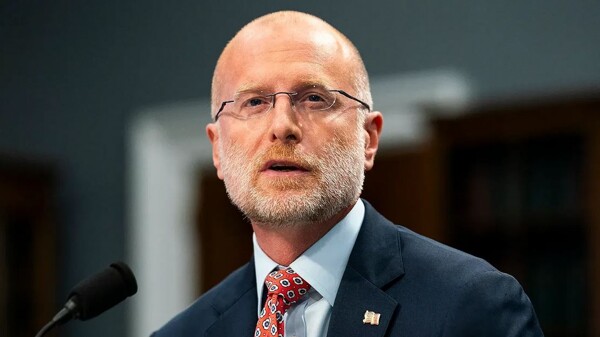
After the general elections on November 5, two of the top positions in the state of West Virginia will change hands, as there are no candidates for the governorship or Senate seeking reelection. Republican presidential candidates have won Indiana in 13 of the last 14 presidential elections, and voters will also cast their ballots for a full slate of federal and state contests, including one for the U.S. Senate that will help determine control of the chamber next year.
The main contenders in West Virginia this time will be Democratic Vice President Kamala Harris and former Republican President Donald Trump, competing for the state's 4 Electoral College votes. There will also be other independent and third-party candidates on the ballot. In Indiana, the main competition will be between Harris, Trump, and Libertarian Donald Rainwater, who received 11% of the votes in 2020.
Voters in West Virginia will have the opportunity to also choose representatives for the U.S. House of Representatives, the state Senate, the state lower house, among other positions. As for Indiana, voters will decide on other state positions, as well as a ballot measure on medically assisted suicide.
West Virginia has historically been a Democratic territory, but in recent decades it has tended to elect Republican candidates. On the other hand, Indiana has traditionally been a stronghold for Republicans in presidential elections. Both states are key to the national political landscape.
In summary, the elections in West Virginia and Indiana bring interesting contests that will determine political representation in both regions, with a variety of candidates and contests for voters to consider.














